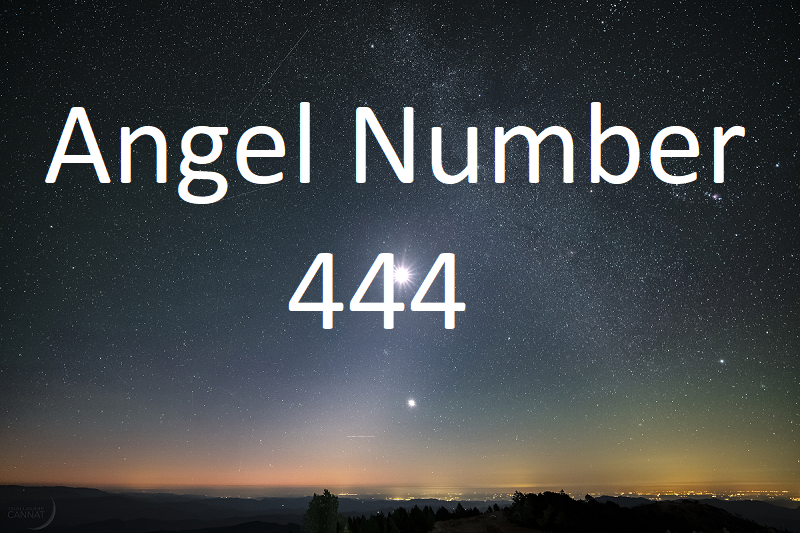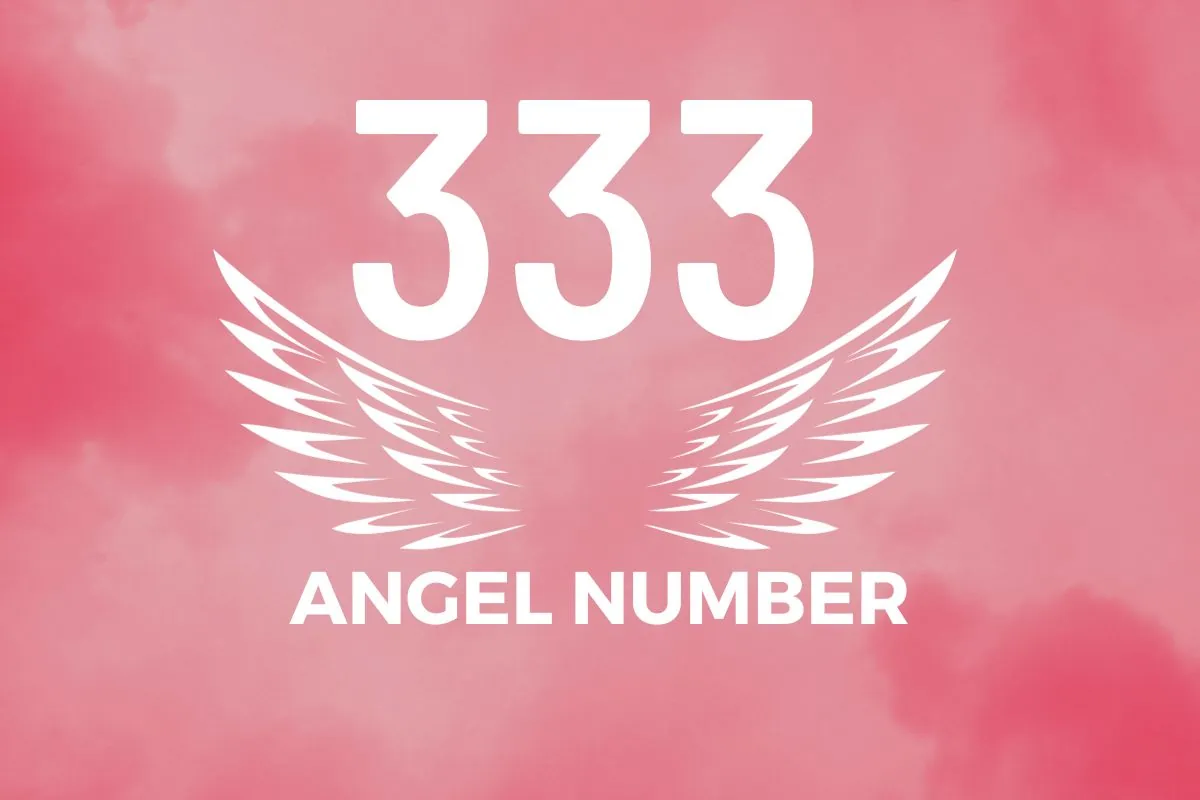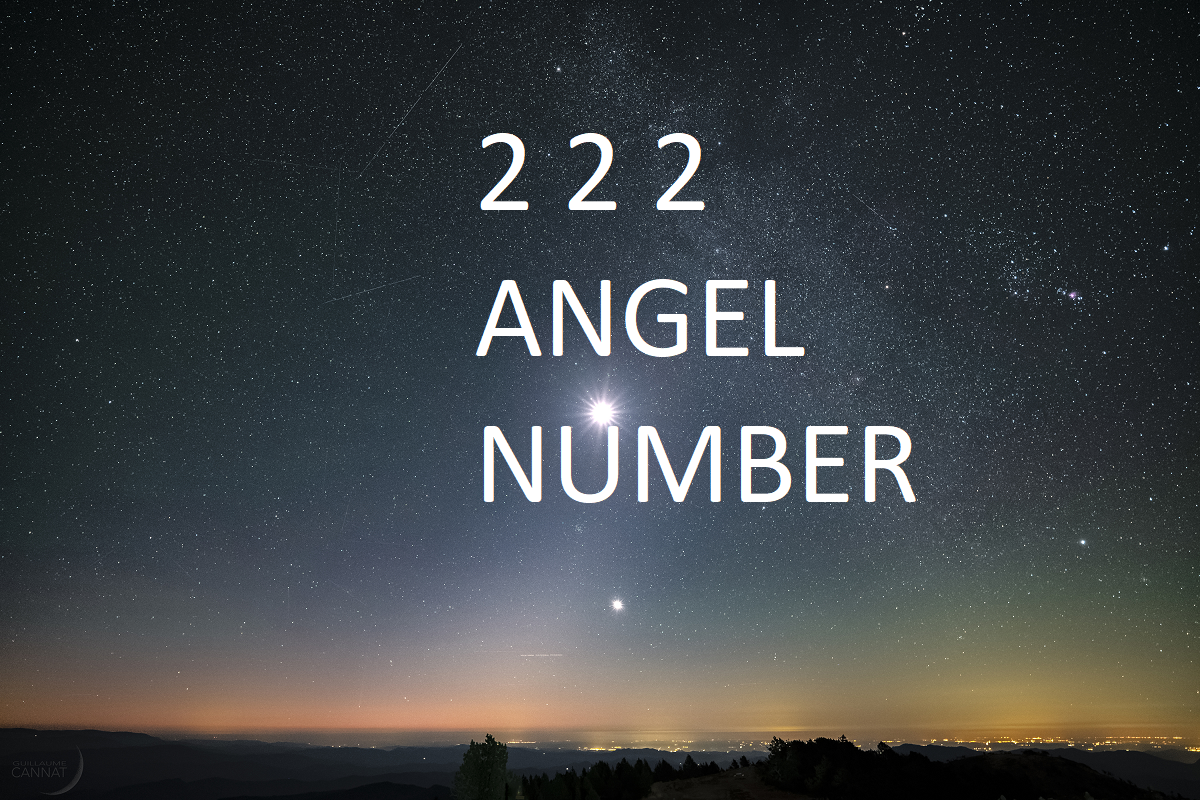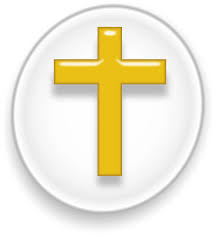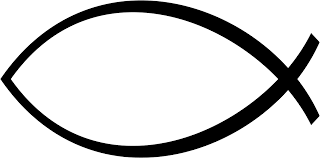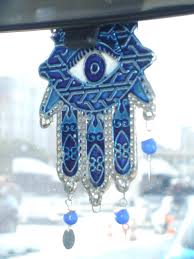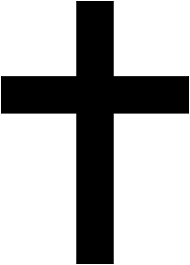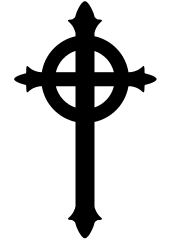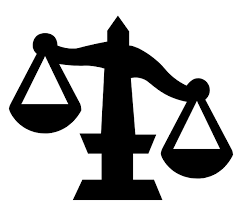
Islam symbol
| Symbol | Islam |
| Religion | Islam |
| Origin | Historically associated with the Ottoman Empire but adopted more broadly as an Islamic symbol. |
| Meaning | Represents the principles of Islam, including faith in one God (monotheism), unity, and the cyclical nature of life. |
| Appearance | A five-pointed star and crescent moon often depicted together. Sometimes the star is within the crescent, and sometimes they are separate. |
| Colors | Typically depicted in gold or yellow against a green background, although variations exist. |
| Usage | Used in various contexts, including flags of Muslim-majority countries, mosque decorations, and Islamic art. |
| History | Its exact origins are debated, but it gained prominence during the Ottoman Empire and became associated with Islam more broadly. |
| Popularity | Widely recognized as a symbol of Islam, especially in regions where Islam is the dominant religion |
| Importance | Holds significant cultural and religious importance for Muslims worldwide, representing their faith and identity. |
| Complexity | While visually simple, the symbol carries complex meanings and historical significance within Islamic culture. |
| Emotions | Evokes feelings of pride, unity, and connection to the Islamic faith among believers. |
Symbols of Islam: A Tapestry of Meaning
While Islam doesn’t have a single, universally accepted symbol, several resonate deeply with the faith and its followers.The most widely recognized is the crescent moon and star, often seen on flags, mosques, and religious texts. Though its origins predate Islam, its adoption by the Ottoman Empire solidified its association with the religion. It’s often interpreted as representing growth, progress, and the illuminating power of knowledge.
Beyond the crescent and star, other significant symbols exist:
- The Kaaba: The cubical structure in Mecca, considered the holiest site in Islam, and a symbol of unity and direction for prayer.
- The Shahada: The declaration of faith, “There is no god but Allah, and Muhammad is the messenger of Allah,” often used in calligraphy and spoken prayers.
- The Qur’an: The holy book of Islam, considered the direct word of God revealed to Prophet Muhammad. Its verses and teachings are a central symbol of guidance and divine wisdom.
- The Mosque: The place of worship for Muslims, representing community, learning, and devotion. Its architecture and minarets often carry symbolic meaning.
It’s important to remember that symbolism in Islam is diverse and nuanced. Interpretations can vary across regions and cultures, and individual Muslims may find personal meaning in different symbols.
Ultimately, the power of Islamic symbols lies in their ability to evoke complex emotions, connect believers to their faith’s core principles, and serve as reminders of their shared history and values.
View rest of the Islamic Symbols, Religious Symbols
-
444 angel number
-
333 angel number
-
222 Angel Number
-
Christianity
-
Catholic Fish
-
Hamsa Hand
-
Jesus Cross
-
Presbyterian
-
Judgement
